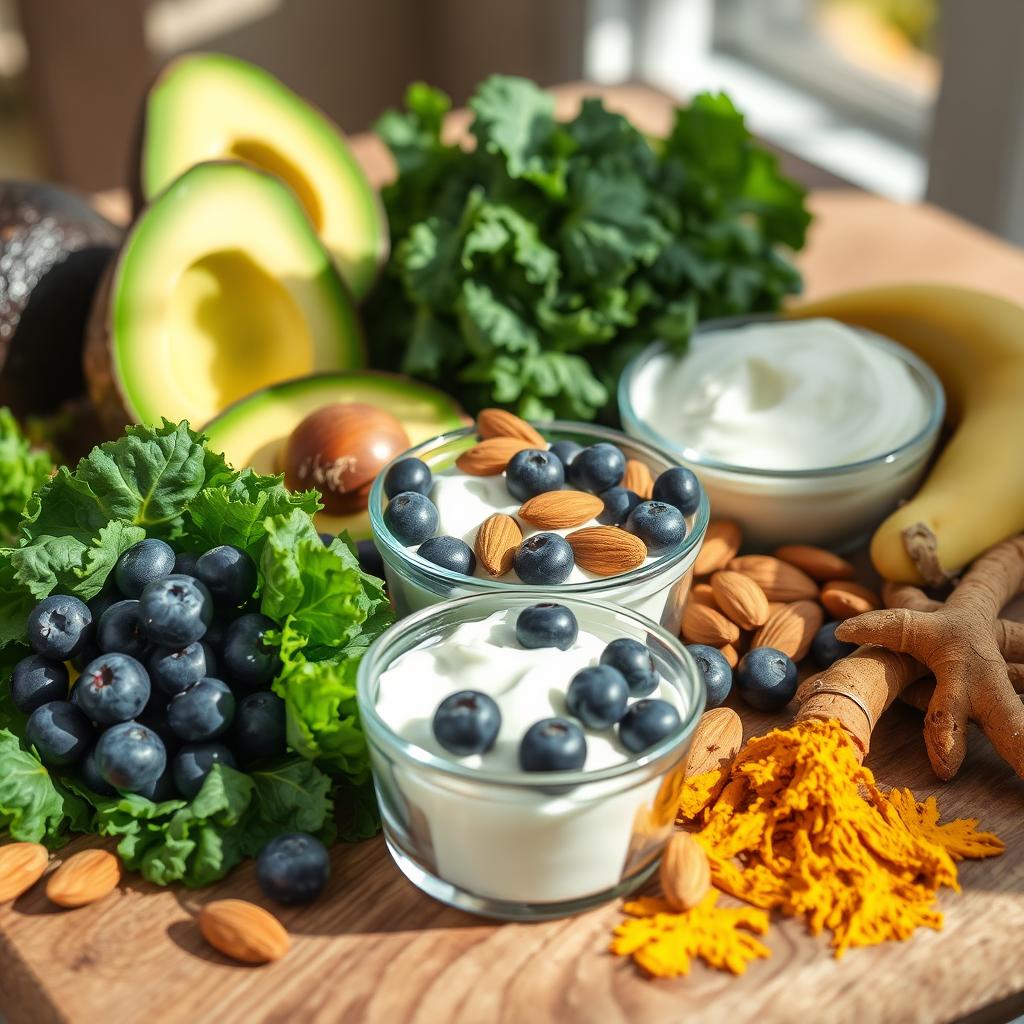Rice is a staple food for more than half of the world’s population and serves as a significant source of energy and nutrients. Among its nutritional components, protein is one of the key elements that contribute to rice’s dietary value. Understanding the rice protein per 100g is important for individuals seeking to meet their protein needs through plant-based sources or those simply aiming to optimize their diet. In this article, we will explore the protein content of various types of rice, examine the quality of rice protein, discuss factors influencing protein levels, and highlight rice’s role in a balanced diet.
Rice Protein per 100g: Nutritional Overview
Protein Content in Different Types of Rice
The protein content in rice varies depending on the type and processing method. On average, uncooked white rice contains approximately 7 grams of protein per 100 grams. Brown rice, which retains its bran layer, generally has a slightly higher protein content, averaging around 7.5 grams per 100 grams. Wild rice, which is technically a seed from aquatic grasses, typically contains even more protein—roughly 14 grams per 100 grams, making it one of the richest rice varieties in terms of protein.
Here is a summary table for the protein levels across common rice types:
| Type of Rice | Protein per 100g (uncooked) |
|---|---|
| White Rice | ~7 g |
| Brown Rice | ~7.5 g |
| Wild Rice | ~14 g |
Comparison Between White, Brown, and Wild Rice
The difference in protein content between white and brown rice is mostly due to the retention of the bran and germ in brown rice, which contain additional nutrients including proteins. White rice is polished, removing these layers, thus slightly lowering its protein content. Wild rice stands apart due to its unique botanical origin, exhibiting distinctly higher protein levels and a different amino acid profile.
Average Rice Protein Values Reported by Nutritional Databases
Popular nutritional databases such as the USDA FoodData Central provide consistent data affirming that typical uncooked white rice delivers about 7 grams of protein per 100 grams, while brown rice is close to 7.5 grams. These values serve as reliable references, though individual samples might vary due to factors addressed later in this article.
Amino Acid Profile and Quality of Rice Protein
Essential Amino Acids Present in Rice Protein
Rice protein contains a spectrum of amino acids, including all nine essential amino acids required by the human body. It is particularly rich in sulfur-containing amino acids like cysteine and methionine, which are sometimes limited in other plant proteins like legumes. However, rice protein is considered to be moderately low in lysine, an essential amino acid important for tissue repair and enzyme production.
How Rice Protein Complements Other Plant-Based Proteins
Because rice protein is low in lysine but high in methionine, it complements legume proteins, which are typically high in lysine but lower in methionine. This complementary aspect makes rice an integral part of many vegetarian and vegan diets, especially when combined with beans or lentils. Such combinations enhance the overall protein quality, providing a balanced amino acid profile crucial for muscle maintenance and overall health.
Factors Affecting the Protein Content in Rice
Impact of Cooking Methods on Protein Levels
Cooking rice typically involves boiling or steaming, which can cause minimal protein loss primarily through leaching into cooking water or slight denaturation. However, protein content per 100 grams of cooked rice appears lower simply because rice absorbs water and expands, diluting the concentration. For example, 100 grams of cooked white rice contains roughly 2.5 to 3 grams of protein, significantly less than the uncooked basis, but this reflects water content rather than actual protein degradation.
Variations Due to Growing Conditions and Rice Varieties
The protein content in rice can vary based on factors such as soil fertility, climate, irrigation, and farming practices. Different rice cultivars have been bred for higher protein yields, and these genetic differences impact rice protein per 100g. For instance, certain varieties grown in nitrogen-rich soils tend to produce grains with elevated protein content. Seasonal and geographical variations also play a role, meaning that protein levels reported in databases may not precisely reflect every sample.
Health Benefits and Dietary Uses of Rice Protein
Role of Rice as a Plant-Based Protein Source
Rice serves as an important protein source, especially in cultures where meat consumption is low or for individuals following vegetarian or vegan diets. Its hypoallergenic nature makes rice protein a popular ingredient in protein supplements and hypoallergenic infant formulas. Additionally, rice protein is easily digestible and generally well-tolerated, adding to its value as a dietary protein.
Incorporating 100g of Rice into Balanced Diets for Adequate Protein Intake
While 100 grams of uncooked rice provides around 7 grams of protein, most adults require considerably more protein daily (typically over 50 grams, depending on body weight and activity level). Therefore, rice protein is often combined with other dietary sources to meet protein requirements. For individuals exploring structured dietary plans, resources like a 140 grams of protein meal plan offer insights into how rice and other protein sources can be balanced for optimal nutrition.
Potential Allergies or Digestive Considerations Related to Rice Consumption
Rice is generally considered a low-allergen food, with rare cases of rice allergy reported. It is often recommended as a safe food for individuals with multiple food sensitivities. However, excessive consumption may cause digestive discomfort in some individuals, mainly due to resistant starch content or other individual sensitivities. Properly cooked rice is easier to digest, and balancing rice intake with fiber and other nutrients is advisable.
Conclusion
Understanding the rice protein per 100g is crucial for evaluating rice’s role in nutrition and diet planning. While rice is not the highest protein grain, its unique amino acid profile and compatibility with other plant proteins make it a valuable component of plant-based diets. Protein levels vary by rice type and growing conditions, with wild rice offering notably higher protein content. Cooking affects protein concentration primarily through water absorption rather than actual protein loss. Incorporating rice into balanced meals, especially in combination with other protein sources, supports adequate protein intake and overall health. Given rice’s digestibility and generally low allergenicity, it remains a versatile and nutritious option for many dietary needs.





